Frozen storage enhanced odor, flavor detection for products treated with solution pH below 9.0
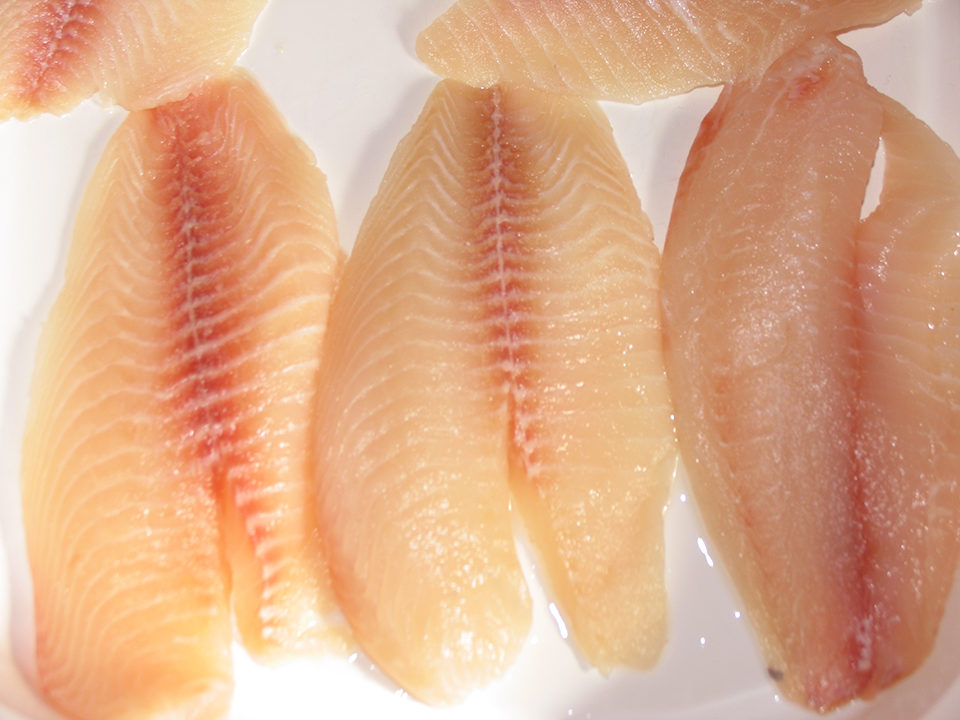
Earlier in 2011, buyer and regulatory complaints culminated in a study to determine the cause for unusual odors and flavors in tilapia fillets. The products in question appeared to be in good shape with firm texture and appealing muscle colors, but they emitted an off-odor when thawed or cooked.
The odor was distinct from previous complaints about earthlike or geosminlike aromas and taste that have been associated with some fish from certain pond-farming operations or locations. The odor was more ammonia-like.
Eventually, commercial consequences included container shipments detained by federal inspections claiming probable product decomposition. The product was not decomposed in the classic sense due to mishandling or thermal abuse, but the fillets were judged as tainted product.
To gain further understanding of the situation, the National Fisheries Institute supported an immediate response study by the University of Florida’s Aquatic Food Products Lab in Gainesville.
Fillet treatment
The initial intent of the study was to determine the cause of the odor. Prior exposure to moisture-retaining agents during processing was a clue. The work carefully arranged harvest of live tilapia and imported frozen samples with no previous exposure to treatments or tainted water. All samples were examined to assure no initial detection of off-odors.
These skinless fillets, both fresh and thawed, were exposed to a variety of treatments used to control moisture content during frozen storage. The treatments included typical phosphates applied as single agents or blends, a variety of so-called phosphate-free blends and a new variety of high-pH blends with and without a limited or reduced amount of phosphates. The non-phosphate blends contained combinations of carbonates, citrates, salt and other ingredients.
Overall, 15 different treatments were applied as 2.5 percent dips for a standard 60-minute exposure at 5 degrees-C. The fillet to dip volume was controlled at a 1:2 ratio. This mode of treatment was consistent with common commercial practice.
After each treatment, the fillets were drained, evaluated with subjective measures for odor and appearance, then individually vacuum packaged for frozen storage at minus-25 degrees-C. After one month of storage, the fillets were slowly thawed and judged for sensory characteristics as both raw and cooked tilapia. The assessments were conducted by a team of national and university seafood sensory experts based on standard reference profiles.
Results
The ammonia-like odors were immediately obvious in all tilapia fillets exposed to treatments with initial solution pH over 9.0, with or without phosphate components. The adverse ammonialike attributes were evident in both raw and cooked fillets, and cooking appeared to enhance detection.
Likewise, frozen storage for less than 30 days appeared to enhance the odor and flavor detection for products treated with the phosphate-free blends with solution pH less than 9.0. In this case, detection was not obvious immediately following treatments, but occurred after the frozen product was stored, shipped and/or purchased. The levels of ammonia-like odors detected by sensory experts would result in probable regulatory actions to reject the products as decomposed or tainted.
In contrast, the tilapia fillets treated with phosphates alone did not develop ammonia-like odors. However, these products had a very objectionable appearance and texture because the raw muscle was translucent and soft. The fillets treated with blends with lower phosphate concentrations resulted in better appearance and texture, but emitted borderline off-odors.
Depending on the treatments used, the moisture content in the tilapia fillets ranged from 76.0 to 77.0 percent in the control with no treatment to 81.4 percent with a respective gain in product weight up to 13.0 percent. A crude estimate would indicate a 3.0 percent weight gain for each 1.0 percent increase in moisture content. Elevated moisture content generally aligned with increasing weight gain. In general, increasing weight gain corresponded with the treatments with higher pH solutions.
Perspectives
Adverse sensory consequences for appearance, odor and flavor of raw and cooked fillets suggest caution in processing tilapia fillets with moisture-retention agents. They do not perform as expected for other fish and seafood. Sensory problems appear more pronounced for treatments that involve additive solutions with pH in excess of 9.0.
Many of the current so-called phosphate-free and low-phosphate blends have relied on combinations of additives with elevated pH that can result in ammonialike aromas and flavors. These treated products would be objectionable to consumers and potentially subject to regulatory rejection and penalties for apparently decomposed products.
Detection of treatments without required labeling for additive use could result in additional penalties and buyer rejection. The reputation of an emerging, favorite seafood selection could be in jeopardy unless firms and buyers apply appropriate controls.
Editor’s Note: This work was conducted by the authors with support provided through NFI’s scholarship funds. A full report can be obtained from Barbara Blakistone at the National Fisheries Institute, bblakistone@nfi.org.
(Editor’s Note: This article was originally published in the September/October 2011 print edition of the Global Aquaculture Advocate.)
Author
-

Steve Otwell, Ph.D.
University of Florida
104 Aquatic Food Products Lab
Building 461, Newell Drive
Gainesville, Florida 32611 USA[117,100,101,46,108,102,117,64,108,108,101,119,116,111]
Tagged With
Related Posts
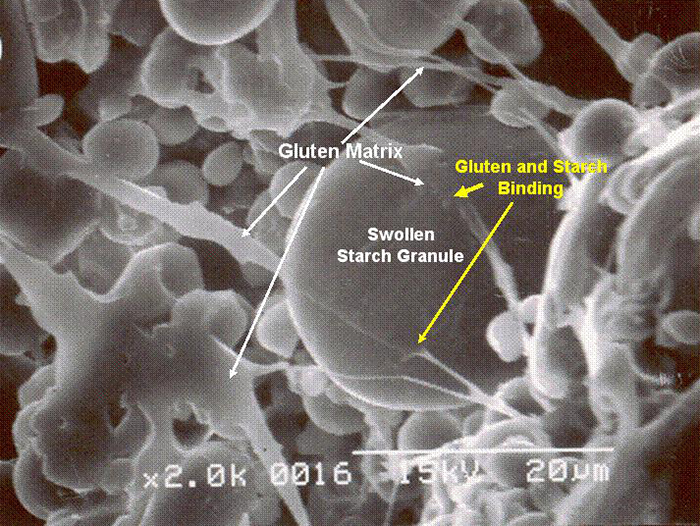
Aquafeeds
Preconditioning is crucial in aquafeed manufacturing
Preconditioning is an important step in the manufacturing of aquafeeds, because it increases the moisture content and temperature of ingredient meal particles, which is key to reach a high water stability desired in aquafeeds. Pre-conditioner efficiency requires consistent particle size and adequate mixing, residence time and fill ratio.
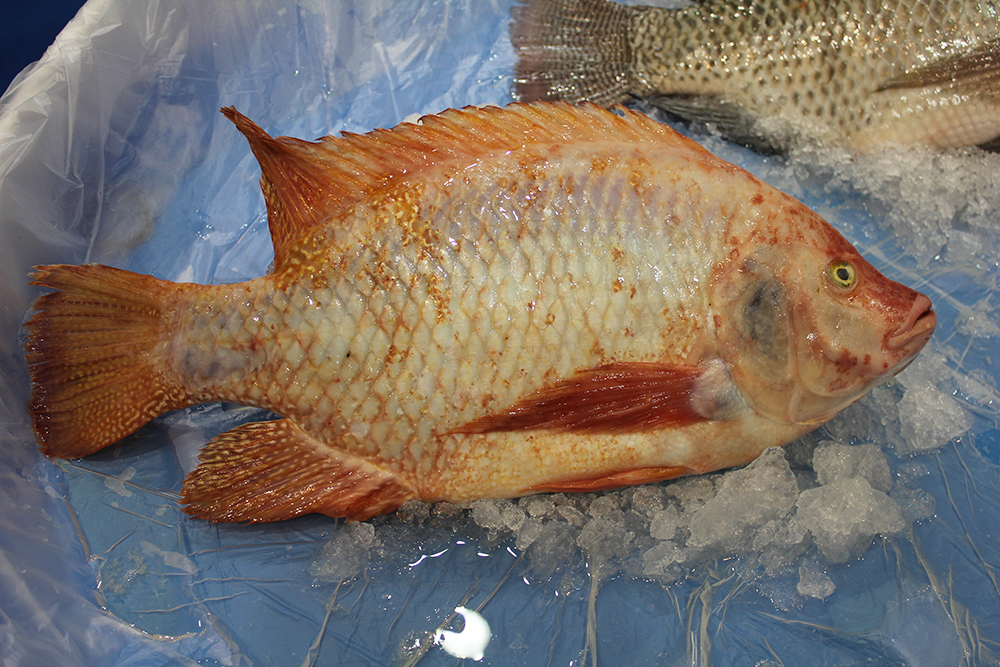
Intelligence
Adding value to tilapia to tap into U.S. market
New markets for tilapia and expansion of existing ones can be created by planning and implementing properly designed geographic strategies to meet discriminating consumer preferences. Low labor costs in most producing countries promotes value-adding by the production of fresh fillets.
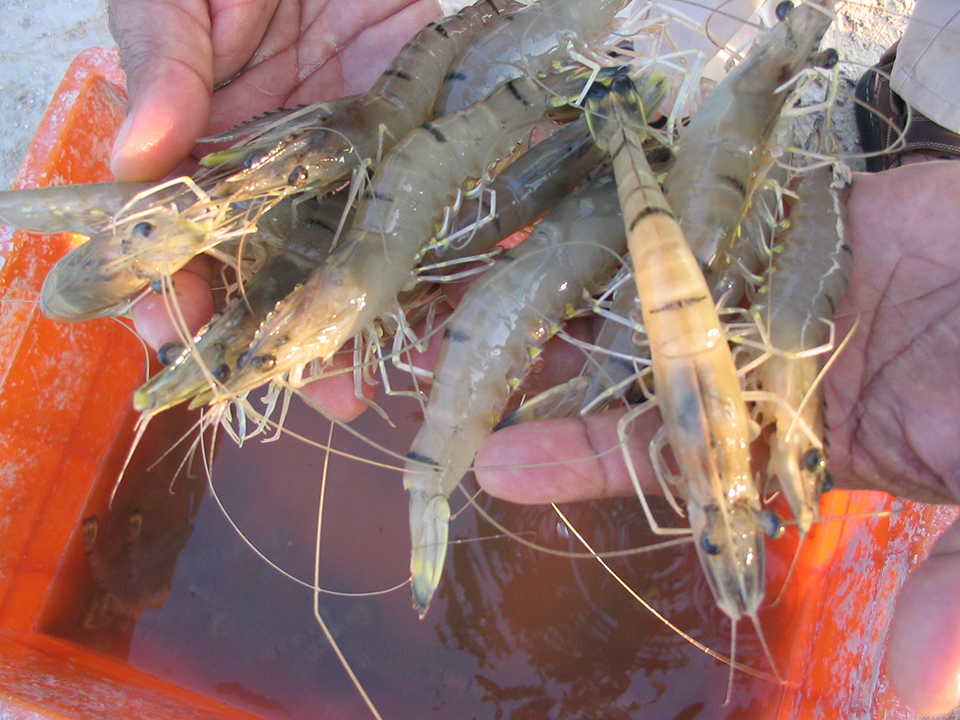
Intelligence
Off-flavors in aquaculture products, part 2
Off-flavors in seafood can stem from a variety of sources. Industrial effluents can at least secondarily contribute to off-flavors in fish. Off-flavor oxidative carbonyl compounds increase during cold storage of some farmed fish.
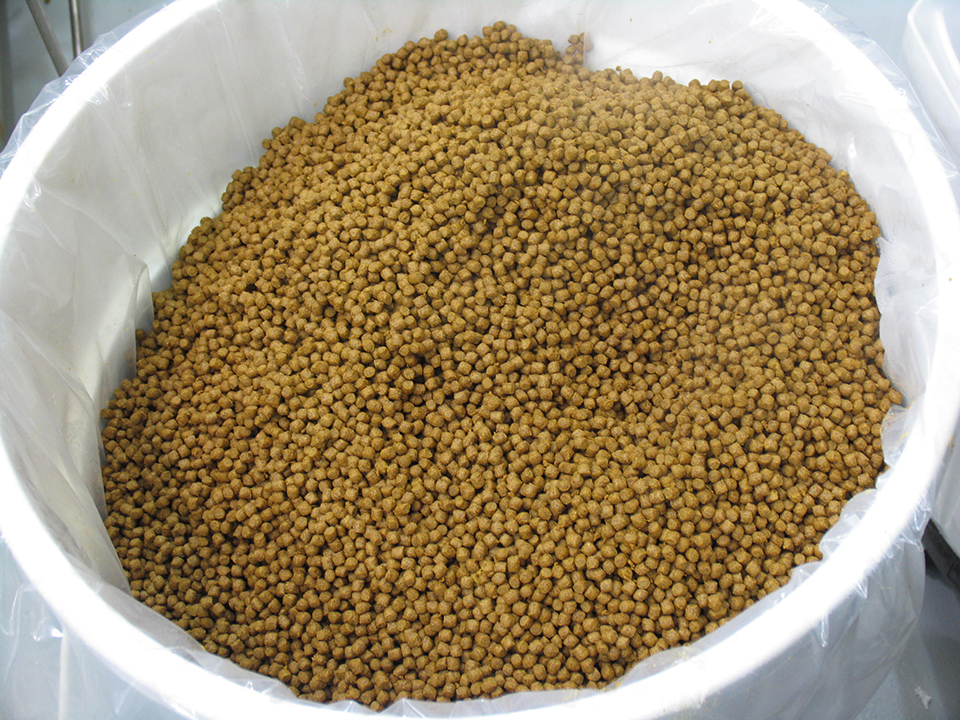
Intelligence
Off-flavors in aquaculture products, part 3
Off-flavor compounds produced by low-molecular-weight amine compounds present in fish are degraded into ammonia or other nitrogenous compounds during storage.

